Survey Says: Drivers Almost Never Use Paddle Shifters, Yet Paddle Shifters Are Everywhere
Many new automatic transmissions are capable of shifting with a level of enthusiasm foreign to owners of cars that are only moderately old. Like, say, from 2009.
Many new automatic transmissions also shift faster and more intelligently and more consistently than you or I could ever hope to with a manual transmission.
And with manual transmissions dropping like flies, the quality of a these intelligent, consistent, rapid-fire automatic transmissions’ shifts should theoretically matter more than ever. Yet automakers are increasingly turning to paddle shifters as a means of giving control back to the driver. According to Edmunds, 186-percent more new vehicles feature paddle shifters in 2017 than in 2007.
Despite the fact that drivers don’t want the control.
According to General Motors, 62 percent of drivers used their paddle shifters less than two times per year, the New York Times says.
You eat kale more often than that. You buy your wife flowers more often than that. You listen to a complete Justin Bieber song more often than that. TTAC changes managing editors more often than… no, not quite.
Twice per year. Once every 183 days. Once every 9,500 miles, on average.
There was a time when the installation of flappy paddles in an automatic-equipped car was supposed to signify that not all sportiness was lost; that the driver still possessed a measure of allegiance to DIY driving.
But last week, in the 2018 Honda Odyssey Touring with which our family spent the week, there were paddle shifters. Sound silly?
I used them. You better believe I used them.
I’m clearly not normal, because I use paddle shifters in almost every vehicle so equipped. But it’s not because the road is twisty and I want to perfectly time the ZF eight-speed’s downshift. No, we’re approaching the end of a steep descent and I want some engine to help out the brakes. No big deal. Blip blip.
The New York Times, however, references one Cheryl Griffiths, the new owner of a Subaru Crosstrek in Queens, New York. Cheryl didn’t know “the truck” had paddle shifters. “I have no idea what those things are. I just drive the car,” she said.
Cheryl’s not like Fred Roberts, who felt it necessary to purchase a new car, a Mercedes-AMG E43, that had paddle shifters. “I find the paddles very functional if you know how to use them,” Fred says.
In some cases, the letdown is not in the performance of the paddle-induced downshift but rather in the quality of the paddle itself. On the one hand, you have the Ford Mustang’s separating plastic; on the other, an Aston Martin leather and metal bi-plane of glory.
Despite extra cost, Toyota will continue to install paddle shifters in the new Camry, America’s most popular car, because 35 percent of Camry owners “have or want paddle shifters,” Toyota’s product planning manager Ronnie Nomoto says. Something of a self-fulfilling prophecy, that.
Regardless, it’s highly unlikely that paddle shifters in the 200 vehicles now being sold with paddle shifters will be wielded for good or for bad. Note the absence of one word in Toyota’s statement: use. Have or want? Sure. But use? Not so much.
[Images: Mercedes-Benz and © Timothy Cain]
Timothy Cain is a contributing analyst at The Truth About Cars and Autofocus.ca and the founder and former editor of GoodCarBadCar.net. Follow on Twitter @timcaincars.
More by Timothy Cain
Latest Car Reviews
Read moreLatest Product Reviews
Read moreRecent Comments
- Turbo Is Black Magic My wife had one of these back in 06, did a ton of work to it… supercharger, full exhaust, full suspension.. it was a blast to drive even though it was still hilariously slow. Great for drive in nights, open the hatch fold the seats flat and just relax.Also this thing is a great example of how far we have come in crash safety even since just 2005… go look at these old crash tests now and I cringe at what a modern electric tank would do to this thing.
- MaintenanceCosts Whenever the topic of the xB comes up…Me: "The style is fun. The combination of the box shape and the aggressive detailing is very JDM."Wife: "Those are ghetto."Me: "They're smaller than a Corolla outside and have the space of a RAV4 inside."Wife: "Those are ghetto."Me: "They're kind of fun to drive with a stick."Wife: "Those are ghetto."It's one of a few cars (including its fellow box, the Ford Flex) on which we will just never see eye to eye.
- Oberkanone The alternative is a more expensive SUV. Yes, it will be missed.
- Ajla I did like this one.
- Zerofoo No, I won't miss this Chevrolet Malibu. It's a completely forgettable car. Who in their right mind would choose this over a V8 powered charger at the rental counter? Even the V6 charger is a far better drive.




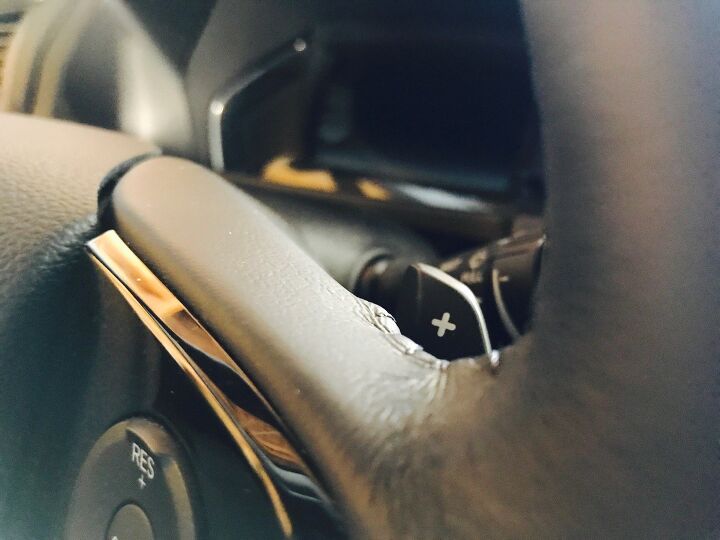















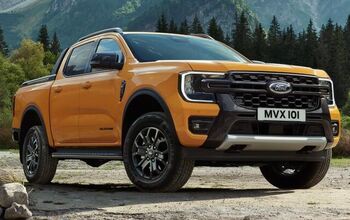
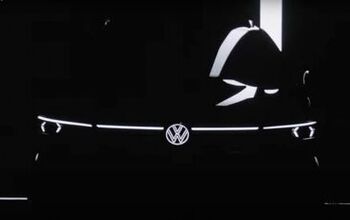

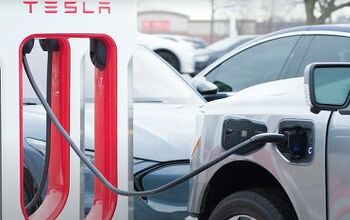

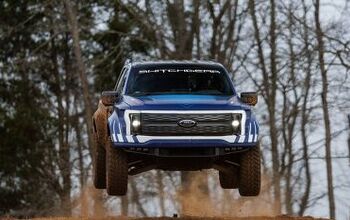
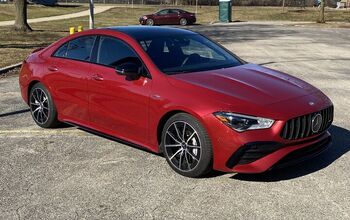

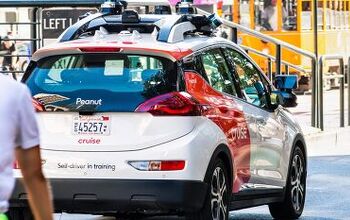



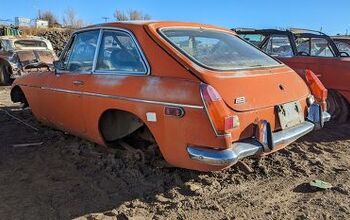
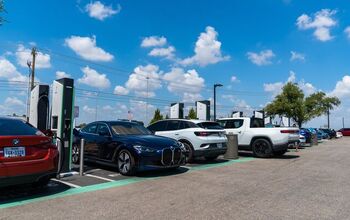
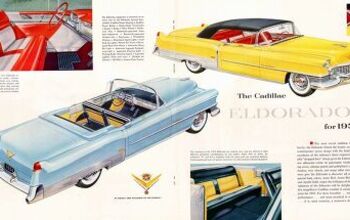
Comments
Join the conversation
Very few automatic anythings are at the ratio or gear I really need them to be in at any point in time. The LC500 was probably the only exception so far. When I'm alone, which is 70% of my driving, I paddle shift the F. I know what gear I want to be in - the cars never do.
I've had them in a couple cars and tried using them, but when the car constantly overrides the manual mode and shunts the transmission back into fully automatic it gets to be more of a hassle. Also, audible queues about when to shift have neen virtually non-existent. The most recent setup I have experience with is in a 17 300S. The car shunts back into auto at the drop of a hat. Why bother?